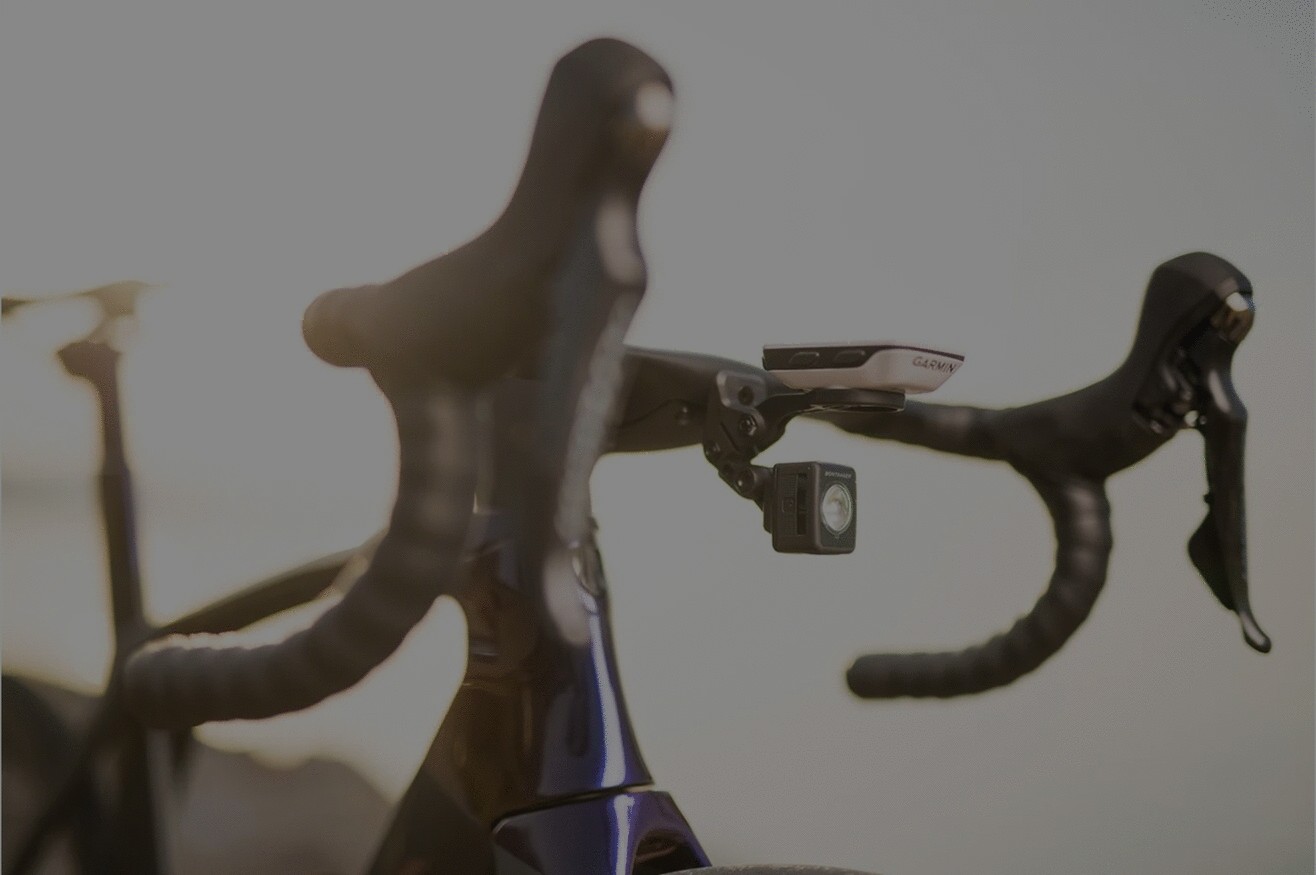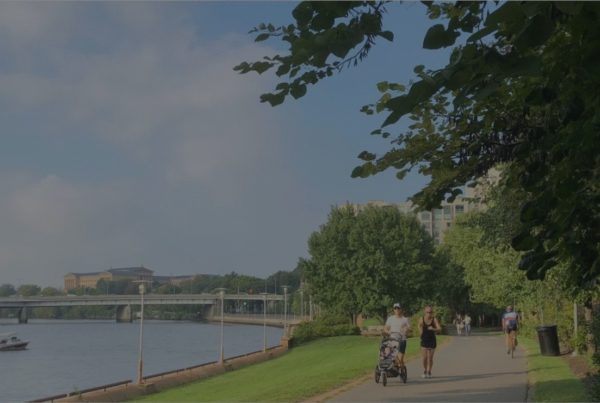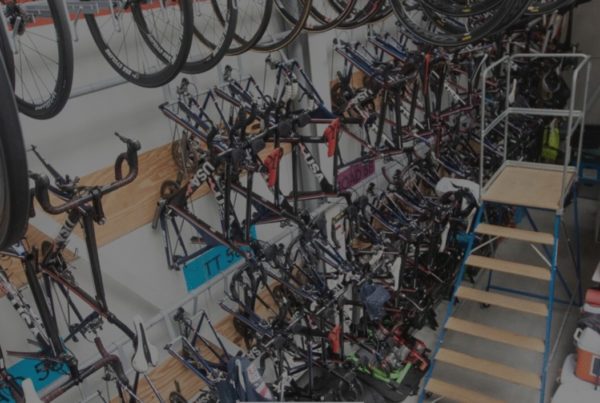You should always ride with lights at night, but what about during the day? Bob Mionske explores some specific examples when riders may be legally advised to use lights during the traditional daylight hours.
The morning of September 10th was one that few people on the West Coast will forget. Record-breaking wildfires had been raging across the western states since August. Thousands of people had been evacuated as the roaring infernos encroached ever-closer to populated areas, the air thick with acrid smoke, the skies raining ash and burning embers — the somber remnants of millions of acres of once-verdant forests.
But although the fires had been burning for weeks, nobody was prepared for the scene that awaited millions of Americans that morning. Dawn came, but darkness remained, the sun’s rays unable to penetrate the atmospheric smoke that hung like a pall over the entire west coast. As the morning hours ticked by, the darkness barely lightened—and when it did, it was arguably even worse. In what could only be described as an apocalyptic hellscape, the entire west coast was bathed in an eerie red light. In a year of disasters, had the Four Horsemen appeared in the darkened sky, it would not have been entirely unexpected.
But the Four Horsemen did not appear in the skies, and within days, we returned to the new normal of a still-rampaging pandemic, continuing emergency evacuations, and air quality so dangerous that riding with proper masks became the new ride safety advice. Whew — dodged a bullet!
The smoke raised an interesting issue for cyclists, though. As the autumn days grow shorter, and the nights grow longer, it’s appropriate to remind cyclists about the importance of being properly lit at night. This becomes even more critical now, when daylight saving time ends and cyclists may be riding in darkness at both ends of the workday. In every reminder about the importance of riding with lights at night, I always add a reminder that you really need lights whenever visibility is reduced. But with everything that has happened this year — even Colorado, where VeloNews is based, has been on fire since July, and those fires are currently Colorado’s two largest-ever fires — let’s flip the usual advice on its head, and talk about those “other times” cyclists need lights.
Every state has some variation of a bicycle lights law on the books, requiring cyclists to be equipped with bicycle lights from one-half hour after sunset, to one-half hour before sunrise. Or as we call it, “at night.” But the bicycle light laws don’t stop there. In fact, you need lights in any atmospheric conditions which would reduce visibility to less than 1,000 feet.
So on September 10, when the skies remained shrouded all day under a pall of smoke and ash, it’s likely that atmospheric conditions along the West Coast made lights mandatory equipment for any cyclists who were out riding that day. But that was a once-in-a-lifetime event, wasn’t it, never to be repeated? Maybe, maybe not.
Regardless, smoke-filled skies are only one example of atmospheric conditions that would require cyclists to be equipped with lights during daylight hours. With winter approaching, cyclists across the country will soon be facing a variety of inclement weather conditions, including fog, rain, and blizzards, all of which may trigger the need for lights.
There’s a lot of research about conspicuity (how visible you are to other people), and the bottom line is that the more visible you are to drivers, the sooner drivers will see you. And the sooner drivers see you, the sooner they can react to your presence on the road. It gives them more time to slow down if they need to slow down, and it gives them more time to pass you at a safe distance or to change lanes once they see you. In winter weather, wearing brightly colored jerseys and riding with lights will give drivers that extra bit of time to see you and react appropriately.

Hi-Viz jerseys can help drivers see you sooner. Photo: Bob Mionske.
To give drivers the greatest amount of reaction time, there’s one more factor you should be aware of — the brighter your light, the sooner drivers will react to your presence on the road, because science. There are a lot of great bike light options on the market today, so make sure you have lights — white facing front, red facing rear — that are bright enough to be seen by drivers. If you’re not sure, you can check your lights by turning them on and checking them at various distances to see how bright they really are. In addition to making sure your lights are bright enough to warn drivers, you will also need to make sure that they are positioned at a location and angle where drivers can see them. Make sure your batteries are fully charged before every ride, and you’re good to go.
Anything else?
Just one more thing: In addition to riding with lights during winter weather conditions, you’ll need lights when riding at nighttime, too.
When visibility is low, being properly lit is both a legal requirement and a necessity for ride safety. But it’s also essential for protecting your legal rights if a driver injures you. If a driver is operating their vehicle in a clearly unsafe manner, and as a result of that unsafe driving you are injured, you have a legal right to be compensated for your injuries. But if visibility is low and you are not following the legal requirements for lighting in your state, it’s virtually certain that the driver’s insurance company will seek to shift the blame to you and deny you justice because of your lack of conspicuity.
With attention to your lights now, before winter arrives, you can continue to ride safely throughout the year and into next year.
Research and drafting assistance by Rick Bernardi, J.D.
This Legally Speaking article, “When to Use Bicycle Lights During Daylight Hours,” was originally published on VeloNews on October 30, 2020.
Bob Mionske is a former competitive cyclist who represented the U.S. at the 1988 Olympic Games (where he finished fourth in the road race), the 1992 Olympic Games, as well as winning the 1990 national championship road race.
After retiring from racing in 1993, he coached the Saturn Professional Cycling team for one year before heading off to law school. Mionske’s practice is now split between personal-injury work, representing professional athletes as an agent and other legal issues facing endurance athletes (traffic violations, contract, criminal charges, intellectual property, etc.).
Mionske is also the author of “Bicycling and the Law,” designed to be the primary resource for cyclists to consult when faced with a legal question. It provides readers with the knowledge to avoid many legal problems in the first place, and informs them of their rights, their responsibilities, and what steps they can take if they do encounter a legal problem. If you have a cycling-related legal question please send it to Bob, and he will answer as many of these questions privately as he can. He will also select a few questions to answer in this column. General bicycle-accident advice can be found at bicyclelaw.com.
Important notice:
The information provided in the “Legally Speaking” column is not legal advice. The information provided on this public website is provided solely for the general interest of the visitors to this website. The information contained in the column applies to general principles of American jurisprudence and may not reflect current legal developments or statutory changes in the various jurisdictions and therefore should not be relied upon or interpreted as legal advice. Understand that reading the information contained in this column does not mean you have established an attorney-client relationship with attorney Bob Mionske. Readers of this column should not act upon any information contained in the website without first seeking the advice of legal counsel.




